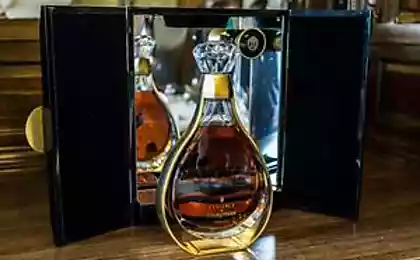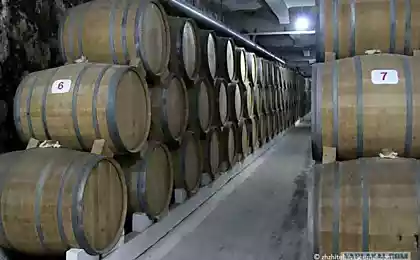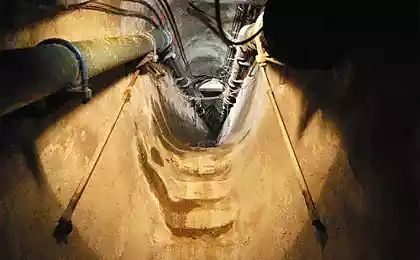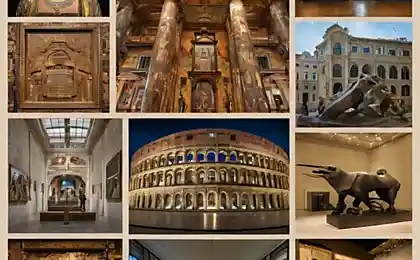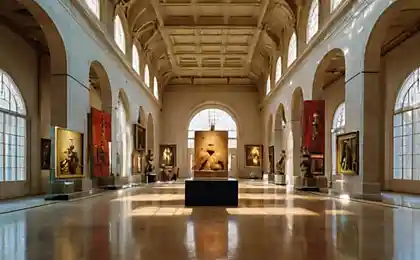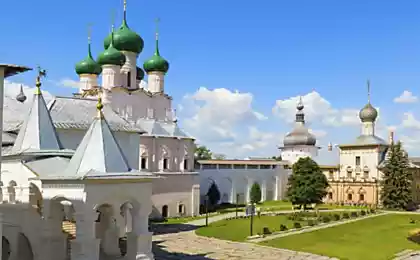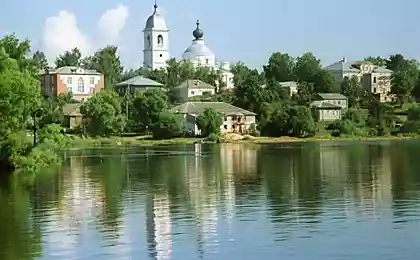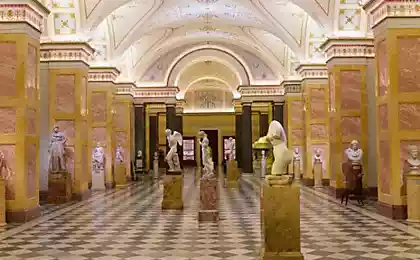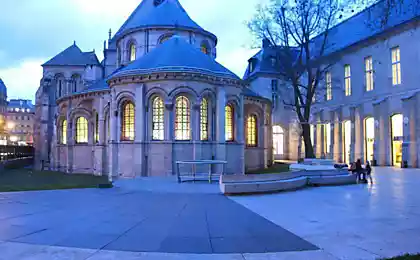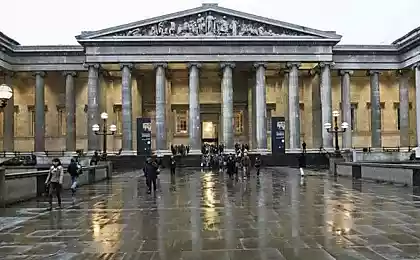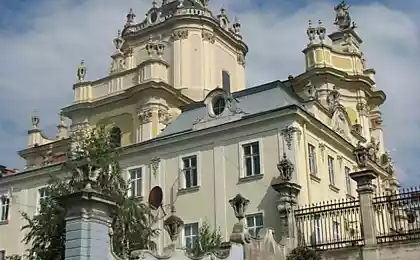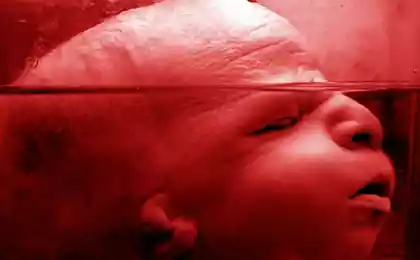1041
Museum of the History of cognac (20 pics + text)
1 My next trip to the tasting.
In 2007, the Group of Companies "Kin" contributed to the development of the museum industry, opened Russia's first Museum of the History of cognac. All exhibits are authentic, for one and a half years, the art director of the Group of Companies "Kin" - French designer Philippe Seys - collecting them throughout the region of Cognac. Guests to the museum can hold in their hands the real tools of French growers and coopers, mysterious accessories cognac masters look at the benighted brandy storage and admire the jewel of the collection - the old alambikom created in 1900. This is Russia's only genuine alambik (or alembic) has been specially renovated by the famous French master Pryulo for the Russian Museum of the History of cognac.
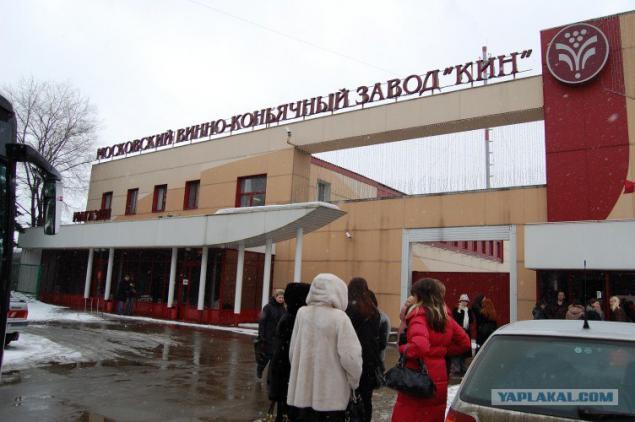
2Po archival documents, the first cognac in the Russian Empire was obtained in 1865. The first plants to develop cognac were organized in 1881, and has since 1890 brandies produced in the Russian Empire, were awarded medals in Russia and abroad. In 1913, Russian brandies have been recognized among the best in the international market and were in the top five in terms of sales. In 1936 he had established uniform rules for the production of cognac technology. In 1948, the cognac production emerged as an independent industry.
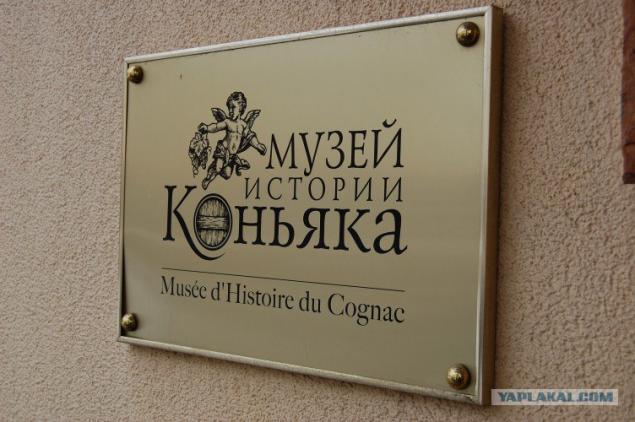
3 The boundaries of the Cognac region stretches from the shores of the Charente to the Atlantic coast. It occupies a considerable part of the departments of Charente, Charente - Maritime and several municipalities of the Dordogne and Deux-Sèvres. Previously, it was called Onis Sentonzh and Angoumois.
465 km southwest of Paris
72 724 hectares of vineyards
6149 farms with an average area of 12 hectares of vineyards.
Maritime climate, mild and humid, but quite warm and sunny for a good ripening grapes.
Tolkoproizvedenny cognac there may rightly be called cognac, brandy else.

4 The fact that the wine produced here was of poor quality and Snack sour. And they came up with it to overtake. The photo "moonshine."
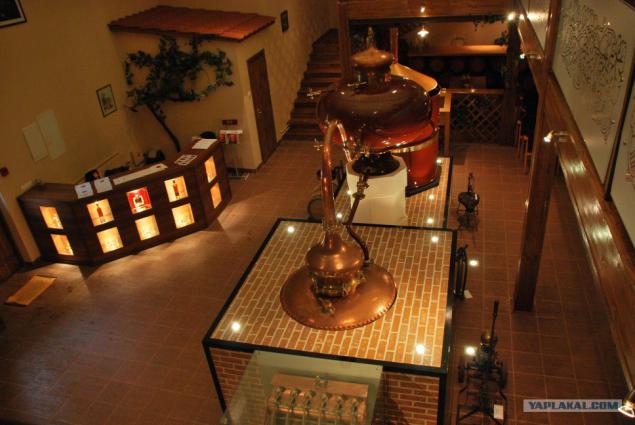
5 To plant grapes land was measured by special devices that everything is fine and smooth.

6 Vintage
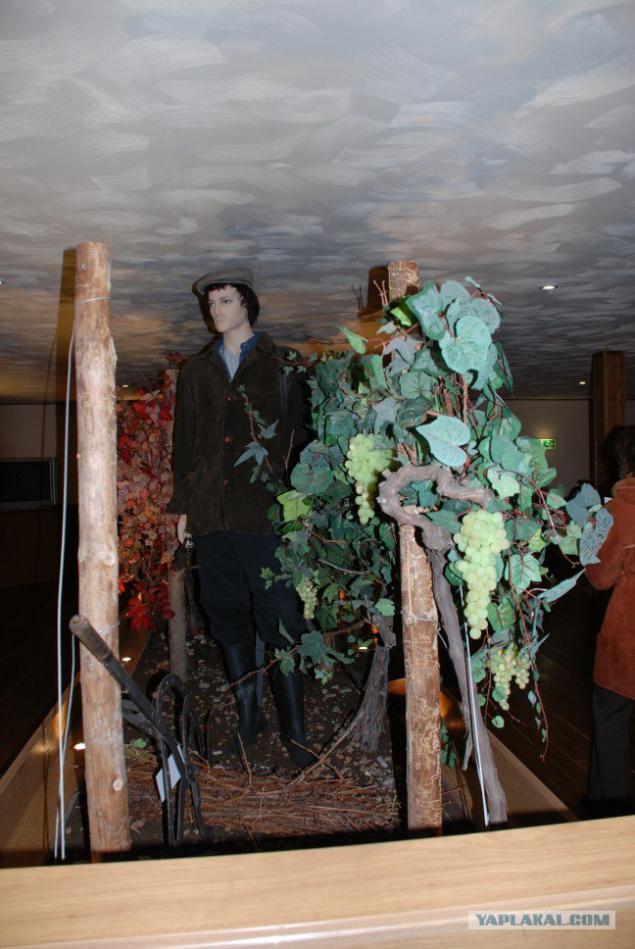
7 The sled
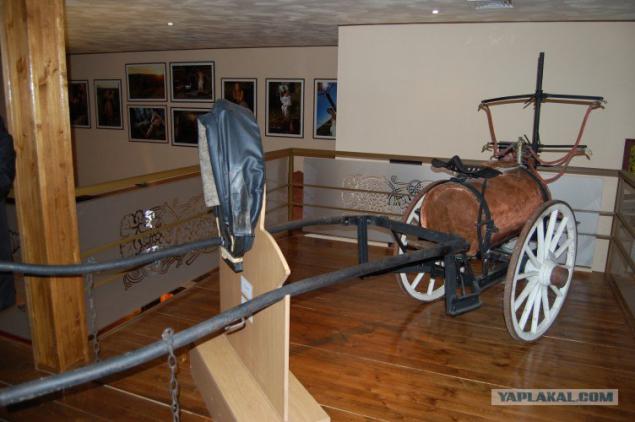
8 Press juice

9 ...
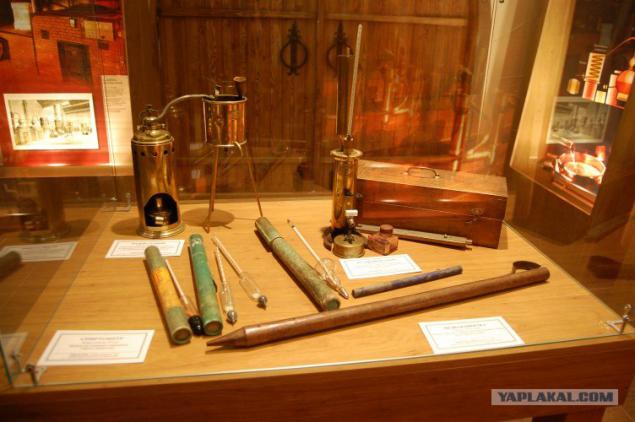
10 ...

11Esche in the last quarter of the third century Roman emperor Probus allowed the Gauls to have vineyards and winemaking engaged in the alma mater of modern production of cognac. In the XII century. in that area, around La Rochelle, formed a vast vineyard. Over the centuries, the wine of its fruit were delivered to the country, located on the shores of the North Sea, which was delivered to the destination Dutch and Scandinavian ships. And now attention - one of the boat stations in the basin of the river Charente called - brandy. Now - is the name of a small town in western France. It is said that the vineyards in these parts on the quality different from others. Perhaps because of the proximity of the Atlantic and the presence of unique calcareous soils. Anyway, in a XVI. Local winegrowers started to produce as much wine that sell it became harder and harder. Acidic wines are not maintained long marine transportation - port in the holds and wine cellars. In 1641, the French "engineers" from the province of Charente invented an efficient distiller for cognac spirit, which is the main raw material in the production of cognac. It was then distilled from wine began to get a completely new drink brenduayn - more diluted with water, which is not as many port from Basker in barrels, on the contrary. There are different versions of the appearance of brandy - related to the marriage of King Henry II and Marie de Medici, hallucinations of a retired Chevalier de la Croix-Marone. But historians say more pragmatically, that in 1701 war broke out between France and England of the Spanish Succession. The French were blocked by the English fleet, which interrupted the transportation of cognac on the British Albion. A large part of the alcohol stored in oak barrels. Who, where and how they open, the story is not fixed, but word of mouth spread the rumor that a forced slow shutter cognac alcohol is clearly improves its taste. Merchants - the prudent people, was the intention to maintain it in barrels and improve the technology of blending a drink by selling it, so to speak, "on tap." The original bottles with the labels brandy began to supply by 1860.
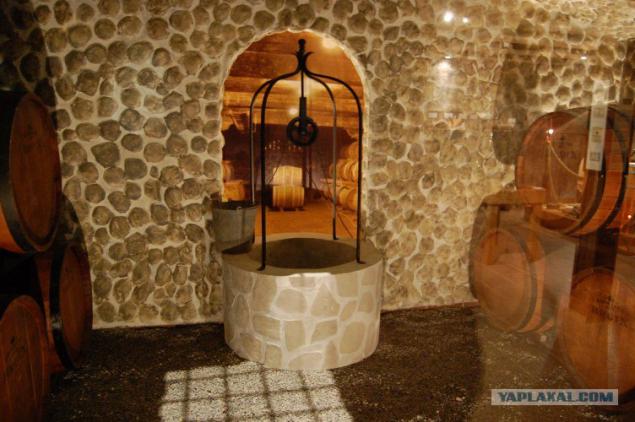
12 Wash bottles
Types of brandy
From * to ***** - VS / Very Special - De Luxe - Selection
Age of cognac at least 2, 5 years.
Superior - ***** and more stars
Age of cognac at least 3 to 5 years.
VSOP / Very Special Old Pale - Vieux - VSO - VVS - Rare - Reserve
Age of cognac at least 4 to 5 years.
VVSOP - Grand Reserve
Age of cognac at least 5, 5 years.
Napoleon - XO / Extra Old - Extra - Royal - Or - Tres Vieux - Vieille Reserve, as well as brandies in the name is mentioned the name of an historical person or on the label of the bottle is a personal number.
Age of cognac at least 6, 5 years.
As a rule, the brandy is always a blend, and, speaking of aging cognac, meaning the age of the youngest component in the blend. Also brandy distinguished by place of origin, which can be identified by the label.
The inscription «Grande Shampagne» says that the grapes for this Cognac has been grown and produced only cognac itself in the Grand Champagne.
Definition of «Fine Shampagne» given brandy, made from a blend of grapes grown in the Grande Champagne and Petite Champagne, the content of the grapes from the Grande Champagne must be at least 50%.
Cognac is produced from grapes from other areas of land not normally marked in a special way
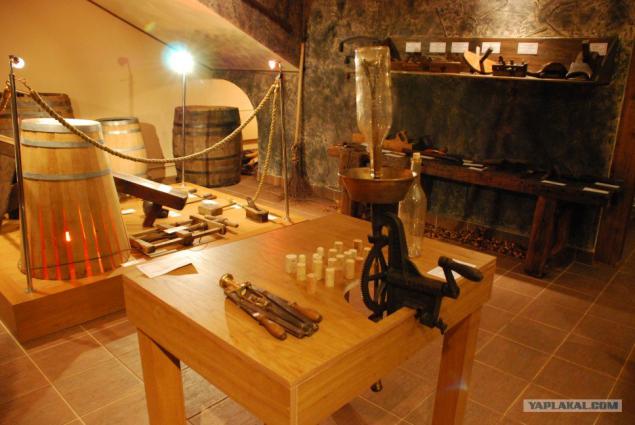
13 Razlivayka
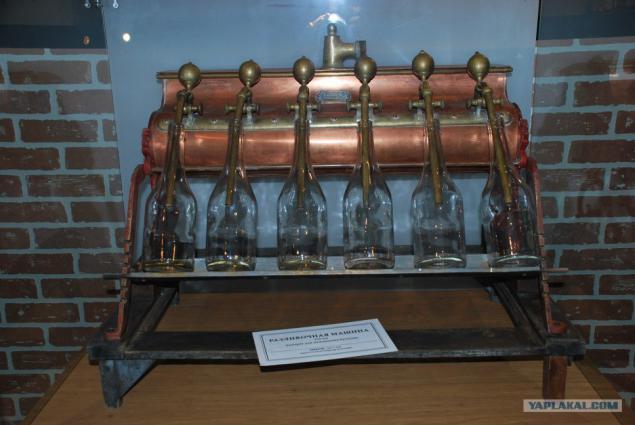
14 ...

15 ...
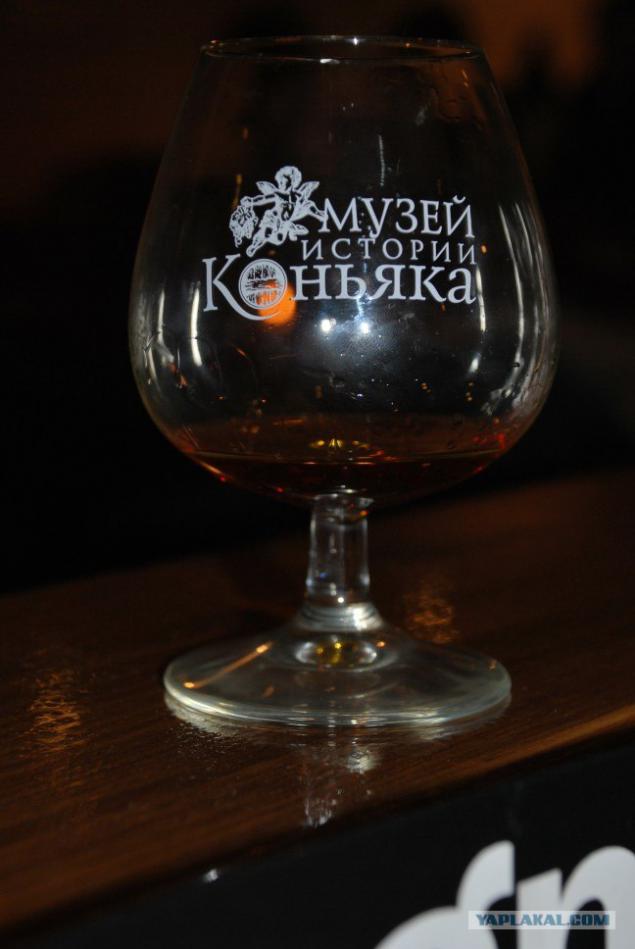
16 ... Who sushnyachok ...
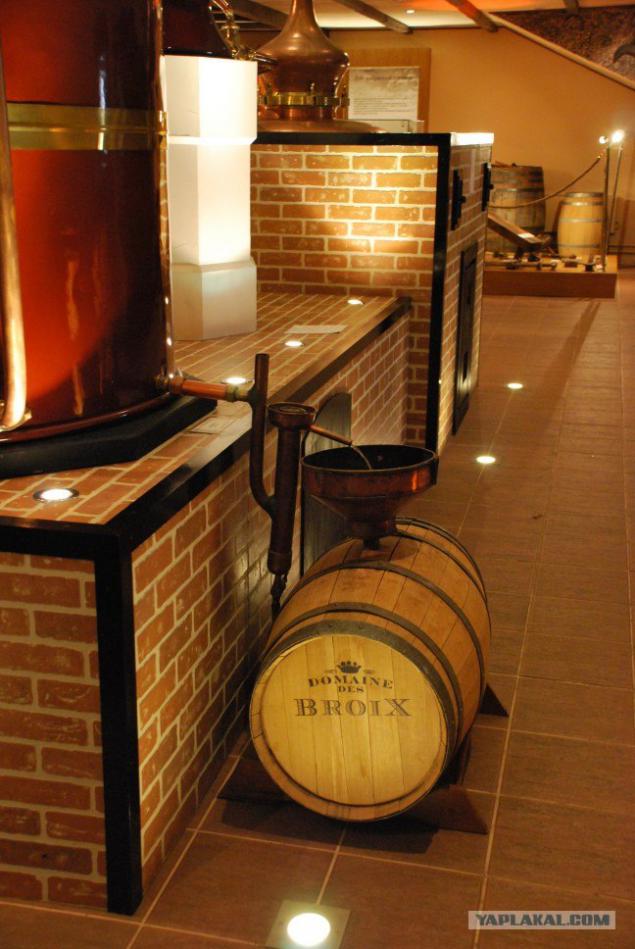
17 ...
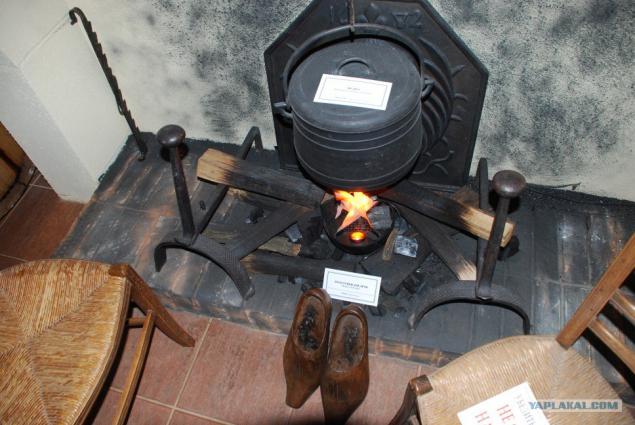
18 And lastly riddle ... What is it?
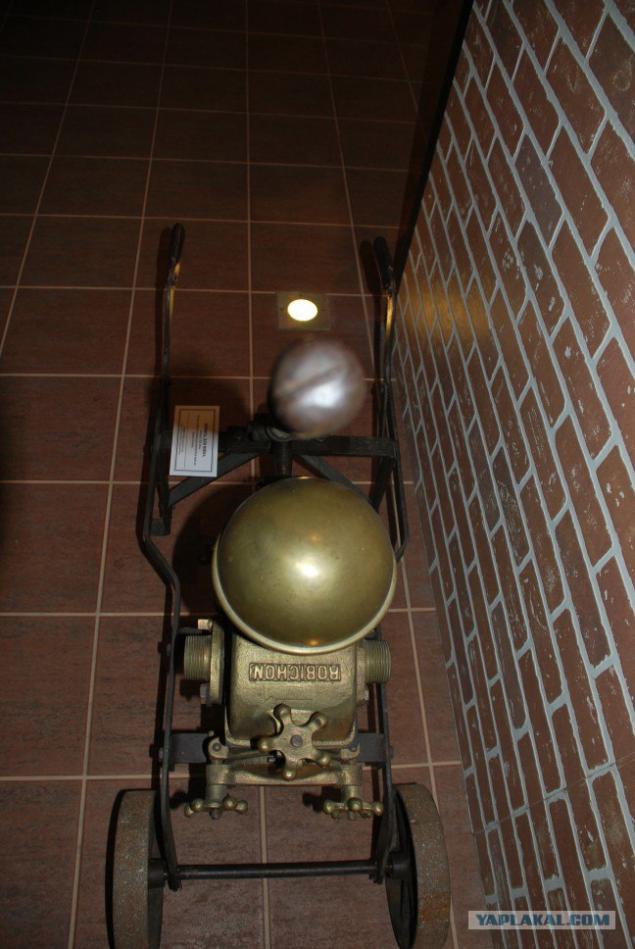
Source:
In 2007, the Group of Companies "Kin" contributed to the development of the museum industry, opened Russia's first Museum of the History of cognac. All exhibits are authentic, for one and a half years, the art director of the Group of Companies "Kin" - French designer Philippe Seys - collecting them throughout the region of Cognac. Guests to the museum can hold in their hands the real tools of French growers and coopers, mysterious accessories cognac masters look at the benighted brandy storage and admire the jewel of the collection - the old alambikom created in 1900. This is Russia's only genuine alambik (or alembic) has been specially renovated by the famous French master Pryulo for the Russian Museum of the History of cognac.

2Po archival documents, the first cognac in the Russian Empire was obtained in 1865. The first plants to develop cognac were organized in 1881, and has since 1890 brandies produced in the Russian Empire, were awarded medals in Russia and abroad. In 1913, Russian brandies have been recognized among the best in the international market and were in the top five in terms of sales. In 1936 he had established uniform rules for the production of cognac technology. In 1948, the cognac production emerged as an independent industry.

3 The boundaries of the Cognac region stretches from the shores of the Charente to the Atlantic coast. It occupies a considerable part of the departments of Charente, Charente - Maritime and several municipalities of the Dordogne and Deux-Sèvres. Previously, it was called Onis Sentonzh and Angoumois.
465 km southwest of Paris
72 724 hectares of vineyards
6149 farms with an average area of 12 hectares of vineyards.
Maritime climate, mild and humid, but quite warm and sunny for a good ripening grapes.
Tolkoproizvedenny cognac there may rightly be called cognac, brandy else.

4 The fact that the wine produced here was of poor quality and Snack sour. And they came up with it to overtake. The photo "moonshine."

5 To plant grapes land was measured by special devices that everything is fine and smooth.

6 Vintage

7 The sled

8 Press juice

9 ...

10 ...

11Esche in the last quarter of the third century Roman emperor Probus allowed the Gauls to have vineyards and winemaking engaged in the alma mater of modern production of cognac. In the XII century. in that area, around La Rochelle, formed a vast vineyard. Over the centuries, the wine of its fruit were delivered to the country, located on the shores of the North Sea, which was delivered to the destination Dutch and Scandinavian ships. And now attention - one of the boat stations in the basin of the river Charente called - brandy. Now - is the name of a small town in western France. It is said that the vineyards in these parts on the quality different from others. Perhaps because of the proximity of the Atlantic and the presence of unique calcareous soils. Anyway, in a XVI. Local winegrowers started to produce as much wine that sell it became harder and harder. Acidic wines are not maintained long marine transportation - port in the holds and wine cellars. In 1641, the French "engineers" from the province of Charente invented an efficient distiller for cognac spirit, which is the main raw material in the production of cognac. It was then distilled from wine began to get a completely new drink brenduayn - more diluted with water, which is not as many port from Basker in barrels, on the contrary. There are different versions of the appearance of brandy - related to the marriage of King Henry II and Marie de Medici, hallucinations of a retired Chevalier de la Croix-Marone. But historians say more pragmatically, that in 1701 war broke out between France and England of the Spanish Succession. The French were blocked by the English fleet, which interrupted the transportation of cognac on the British Albion. A large part of the alcohol stored in oak barrels. Who, where and how they open, the story is not fixed, but word of mouth spread the rumor that a forced slow shutter cognac alcohol is clearly improves its taste. Merchants - the prudent people, was the intention to maintain it in barrels and improve the technology of blending a drink by selling it, so to speak, "on tap." The original bottles with the labels brandy began to supply by 1860.

12 Wash bottles
Types of brandy
From * to ***** - VS / Very Special - De Luxe - Selection
Age of cognac at least 2, 5 years.
Superior - ***** and more stars
Age of cognac at least 3 to 5 years.
VSOP / Very Special Old Pale - Vieux - VSO - VVS - Rare - Reserve
Age of cognac at least 4 to 5 years.
VVSOP - Grand Reserve
Age of cognac at least 5, 5 years.
Napoleon - XO / Extra Old - Extra - Royal - Or - Tres Vieux - Vieille Reserve, as well as brandies in the name is mentioned the name of an historical person or on the label of the bottle is a personal number.
Age of cognac at least 6, 5 years.
As a rule, the brandy is always a blend, and, speaking of aging cognac, meaning the age of the youngest component in the blend. Also brandy distinguished by place of origin, which can be identified by the label.
The inscription «Grande Shampagne» says that the grapes for this Cognac has been grown and produced only cognac itself in the Grand Champagne.
Definition of «Fine Shampagne» given brandy, made from a blend of grapes grown in the Grande Champagne and Petite Champagne, the content of the grapes from the Grande Champagne must be at least 50%.
Cognac is produced from grapes from other areas of land not normally marked in a special way

13 Razlivayka

14 ...

15 ...

16 ... Who sushnyachok ...

17 ...

18 And lastly riddle ... What is it?

Source:

